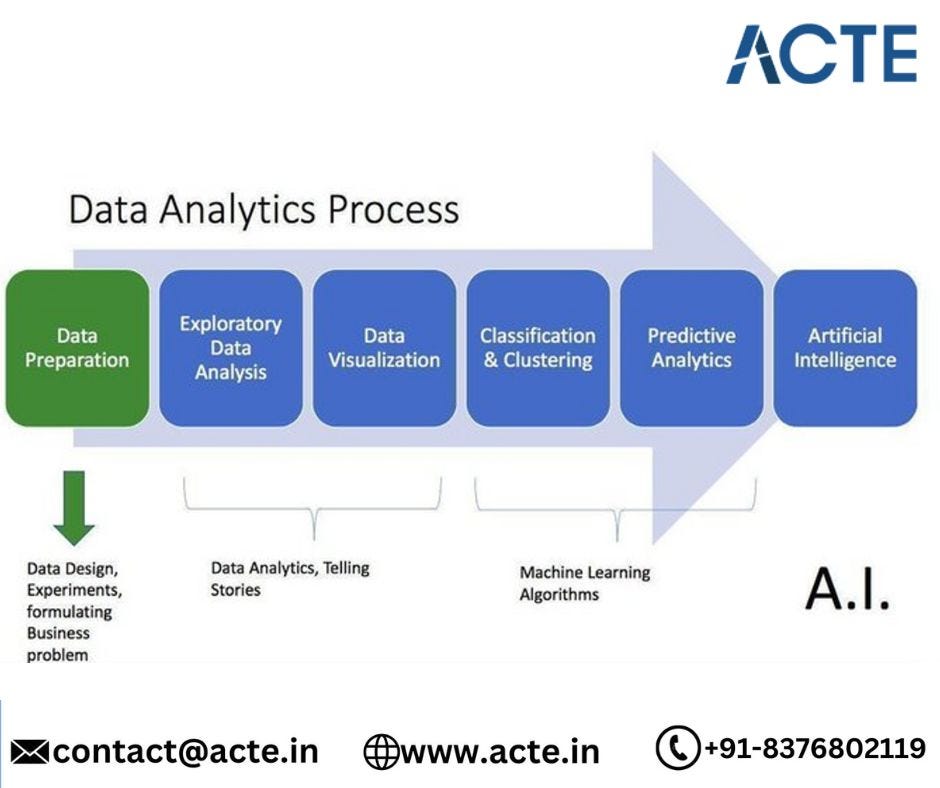In today's digital era, we're constantly inundated with information. From the posts we share on social media to the purchases we make online, every action generates data. But what exactly does "data" entail, and how does it relate to the captivating realm of data science? Let's delve into these concepts in plain language. Enhancing your career at the Data Science Course in Hyderabad with placements involves taking a systematic strategy and enrolling in a suitable course that will greatly expand your learning journey while matching with your preferences.

Understanding Data:
Data encompasses any piece of information, whether it's numbers, text, images, or sounds. For instance, a list of ages in your family or a collection of vacation photos both qualify as data. Essentially, data serves as the raw material that enables us to gain insights, make decisions, and comprehend our surroundings. For those looking to excel in Data Science, Data Science Online Training is highly suggested. Look for classes that align with your preferred programming language and learning approach.
Categories of Data:
- Structured Data: This type of data is highly organized, typically arranged in tables or spreadsheets, making it easy to search and analyze. Examples include database records or Excel sheets.
- Unstructured Data: Unlike structured data, unstructured data lacks a predefined format. It includes textual documents, social media posts, images, and videos, posing challenges but also offering rich insights.
- Semi-structured Data: Falling between structured and unstructured, this type of data possesses some organization but doesn't fit neatly into traditional formats. Examples include XML files or JSON data.
Defining Data Science:
Data science serves as a powerful toolset for transforming raw data into actionable insights. It amalgamates elements of mathematics, statistics, computer science, and domain expertise to extract knowledge from data.
The Data Science Process:
- Data Collection: Gathering the required data from various sources, such as databases, web scraping, or surveys.
- Data Cleaning: Preprocessing the data to rectify errors, remove inconsistencies, and handle missing values.
- Exploratory Data Analysis (EDA): Analyzing the data visually and statistically to understand patterns, trends, and relationships.
- Feature Engineering: Selecting, transforming, and creating features to enhance machine learning model performance.
- Model Building: Utilizing statistical techniques and machine learning algorithms to develop predictive models or uncover patterns.
- Model Evaluation and Validation: Assessing the model's performance and ensuring its effectiveness on new data.
- Deployment and Monitoring: Deploying the model into production and continually monitoring and updating it to maintain relevance.

The Importance of Data Science:
Data science plays a crucial role in today's data-driven world across diverse fields such as healthcare, finance, marketing, and transportation. By harnessing data, organizations can make informed decisions, discover new opportunities, streamline operations, and gain a competitive edge.
In essence, data is omnipresent, and data science acts as the conduit for unlocking its potential. Whether you're a business aiming to enhance efficiency or an individual seeking to comprehend the world better, grasping the fundamentals of data and data science is indispensable in our digital-centric landscape.























